Nutritional supplements can provide nutrients either extracted from food sources or that are synthetic. The class of nutrient compounds includes vitamins, minerals, fatty acids, amino acids, and fiber. Also, plants, animals, and some microorganisms can be a source of supplements.
Vitamins
A vitamin is a group of molecules that are chemically related (vitamers) and are an essential micronutrient that a body needs in limited quantity for the normal functioning of its metabolism. Essential nutrients cannot be produced in the body, either entirely or in adequate quantities, and therefore must be received through food. Vitamins are divided into two categories, fat-soluble and water-soluble.
Fat-soluble Vitamins
Because fat-soluble vitamins are insoluble in the watery fluids of the GI tract, they require bile for digestion and absorption. Fat-soluble vitamins are absorbed and pass through the lymphatic system in chylomicrons before entering the bloodstream, where many of them require protein carriers for delivery. The fat-soluble vitamins are involved in a variety of processes throughout the body, although excesses are typically retained in the liver and adipose tissue. The body keeps the required blood concentrations of these vitamins in check by pulling them from storage as needed.
This group of vitamins includes Vitamin A (Retinol, Retinal, and Retinoic acid, and provitamin A carotenoids), Vitamin D (as Cholecalciferol (D3, Ergocalciferol (D2)), Vitamin E (Tocopherols and Tocotrienols) and Vitamin K (Phylloquinone (K1), Menaquinone (K2), Menadione(K3)).
Water-soluble Vitamins
Water-soluble Vitamins are directly absorbed into the blood, mostly circulate freely in water-filled parts of the body and then Kidneys detect and remove excess in urine.
This group of vitamins includes Vitamin B1 (Thiamine), Vitamin B2 (Riboflavin), Vitamin B3 (Nicotinic Acid and Nicotinamide), Vitamin B5 (Pantothenic Acid), Vitamin B6 (Pyridoxine, Pyridoxamine, and Pyridoxal), vitamin B7 (Biotin), Vitamin B9 (Folate and Folic Acid), Vitamin B12 (Cobalamins), Vitamin C (Ascorbic acid) and Choline.
Minerals
Minerals, unlike organic vitamins, are inorganic elements that preserve their chemical identity at all times. Minerals that enter the body remain there until excreted; they cannot be converted into anything else. Minerals account for around 4% to 5% of body weight, or 2.8 to 3.5 kg in adult women and men, respectively. Minerals are divided into three categories, Macro Minerals, Micro Minerals, and Ultra-Trace Elements. Not only are Macro Minerals required in greater quantities by the body, but they are also found in greater quantities than Micro Minerals and Ultra-Trace Elements.
Macro Minerals
Approximately 50% of this weight is calcium, with the remaining 25% being phosphorus. The remaining 25% is made up of five other vital macro-minerals: Magnesium, Sodium, Potassium, Chloride, and Sulfur.
Micro Minerals
Only about 0.2% of body weight belongs to 11 established micro-minerals: Iron, Zinc, Iodine, Selenium, Manganese, Fluoride, Molybdenum, Copper, Chromium, Cobalt, and Boron.
Ultra-Trace Elements
Arsenic, Aluminum, Tin, Nickel, Vanadium, and Silicon are ultra-trace elements that provide a negligible amount of weight.
Fatty Acids
Only two fatty acids, both polyunsaturated, are thought to be important to receive through diet, while the others are produced in the body. Alpha-linolenic acid (ALA), an omega-3 fatty acid, and linoleic acid (LA), an omega-6 fatty acid, are the “essential” fatty acids. In the body, ALA can be partially converted into the omega-3 fatty acids eicosapentaenoic acid (EPA) and docosahexaenoic acid (DHA). Fish oil is a popular fatty acid supplement because it contains omega-3 fatty acids (EPA and DHA).
Proteins and Amino Acids
Since the human body is unable to synthesize nine of the amino acids from other molecules, they are considered essential. Certain ages or medical circumstances may make other amino acids conditionally essential. Supplements containing individual amino acids and mixtures of amino acids are available.
The 9 essential amino acids are histidine, isoleucine, leucine, lysine, methionine, phenylalanine, threonine, tryptophan, and valine. Conditional amino acids include arginine, cysteine, glutamine, tyrosine, glycine, ornithine, proline, and serine.
Fiber
Dietary fiber is the part of plant-derived food that human digestive enzymes cannot completely break down. Dietary fibers vary in chemical composition and can be classified broadly based on their solubility, viscosity, and fermentability, all of which influence how fibers are metabolized in the body. Dietary fiber is divided into two types: soluble fiber and insoluble fiber.
Soluble Fiber
Soluble fiber (fermentable fiber or prebiotic fiber) is normally fermented in the colon into gases and physiologically active by-products, such as short-chain fatty acids generated by gut bacteria. Beta-glucans and raw guar gum are two examples. Psyllium is a bulking fiber that absorbs water as it travels through the digestive tract, easing feces. Soluble fiber is generally viscous and slows stomach emptying, resulting in a longer sense of fullness in humans. Soluble non-viscous fibers include inulin, wheat dextrin, oligosaccharides, and resistant starches.
Insoluble Fiber
Insoluble fiber is inactive to digesting enzymes in the upper GI tract. Wheat bran, cellulose, and lignin are a few examples. Coarsely crushed insoluble fiber stimulates mucus secretion in the large intestine, providing bulk. In the colon, several types of insoluble fiber, such as resistant starches, can be fermented.
Herbs
Plant extracts or complete sources, alone or in combination with other substances, can be used to make nutritional supplements. Ginkgo biloba, curcumin, cranberry, St. John’s wort, ginseng, and resveratrol are a few examples.
It should be noted that some plants that humans do not consume normally, and also high doses of plants and their effective substances are not nutritional supplements and are considered herbal medicines.
Animal-Source Supplements
Animals can also be a source of food supplement ingredients, such as collagen, fish oil, glucosamine, chondroitin, hyaluronic acid, and chitosan which may be used for different purposes.
Probiotics
Probiotics are live microorganisms that claim to provide health advantages when ingested, typically through enhancing or restoring gut flora. Probiotics are typically regarded as safe to eat, although, in rare circumstances, bacteria-host interactions and unpleasant side effects may occur. Prebiotics are dietary compounds that induce the growth or activity of beneficial microorganisms such as bacteria in the gastrointestinal tract.
References:
- Whitney E, Rolfes SR. Understanding nutrition: Cengage Learning; 2019
- Marriott BP, Birt DF, Stalling VA, Yates AA. Present Knowledge in Nutrition: Basic Nutrition and Metabolism: Academic Press; 2020.
- Catharine RA, Caballero B, Cousins RJ, Tucker KL, Ziegler TR. Modern nutrition in health and disease; 2014
- Raymond JL, Morrow K. Krause and Mahan’s Food and the Nutrition Care Process E-Book. Elsevier Health Sciences; 2020
- Escott-Stump S, Director DI. Nutrition and diagnosis-related care; 2015
- Anadón A, Martínez-Larrañaga MR, Ares I, Martínez MA, Gupta RC. Nutraceuticals: Efficacy, Safety and Toxicity; 2016








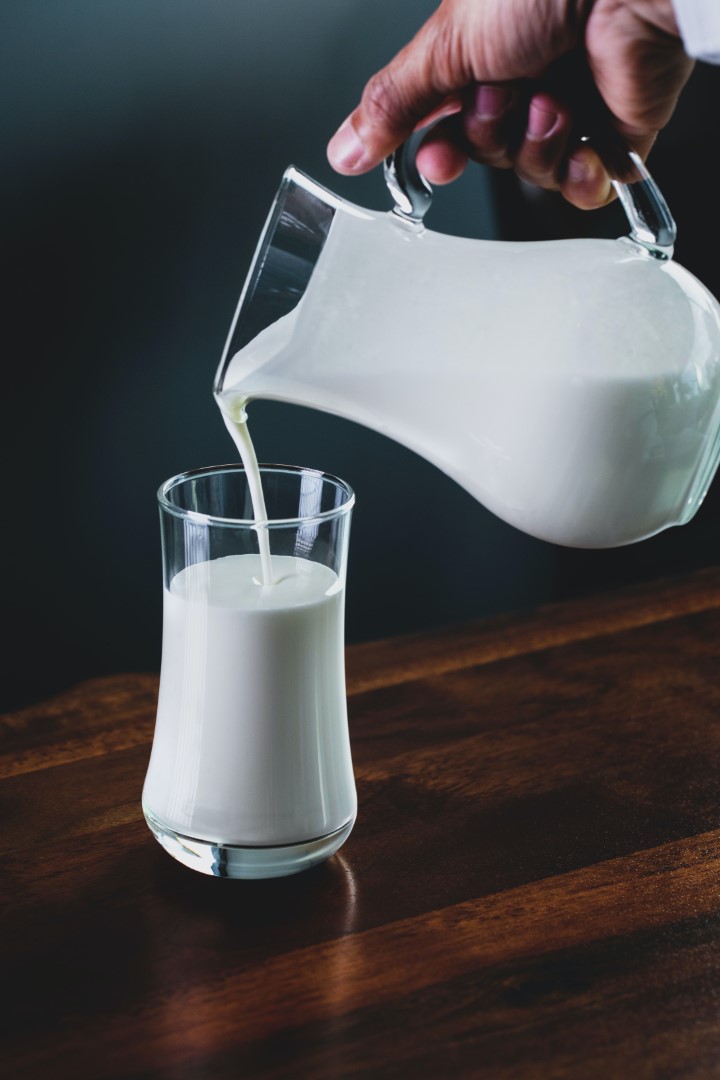

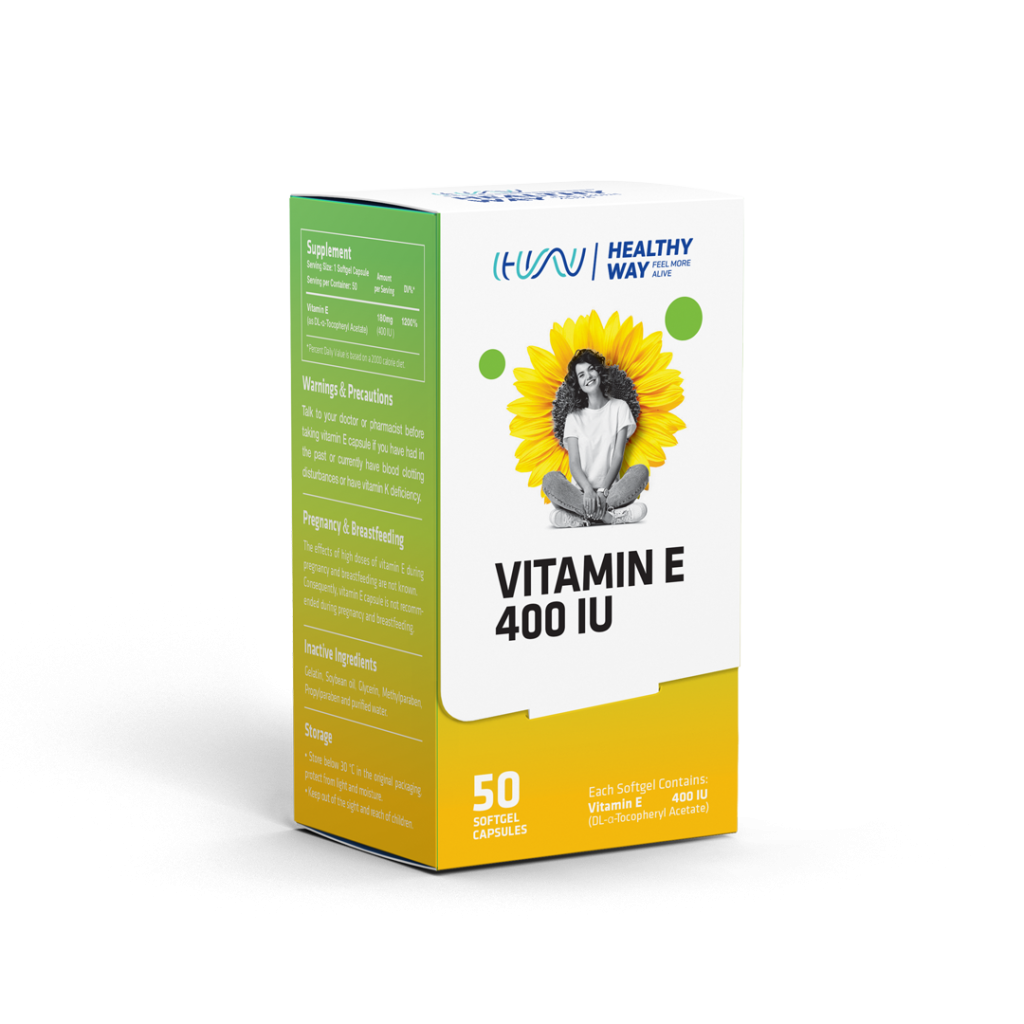
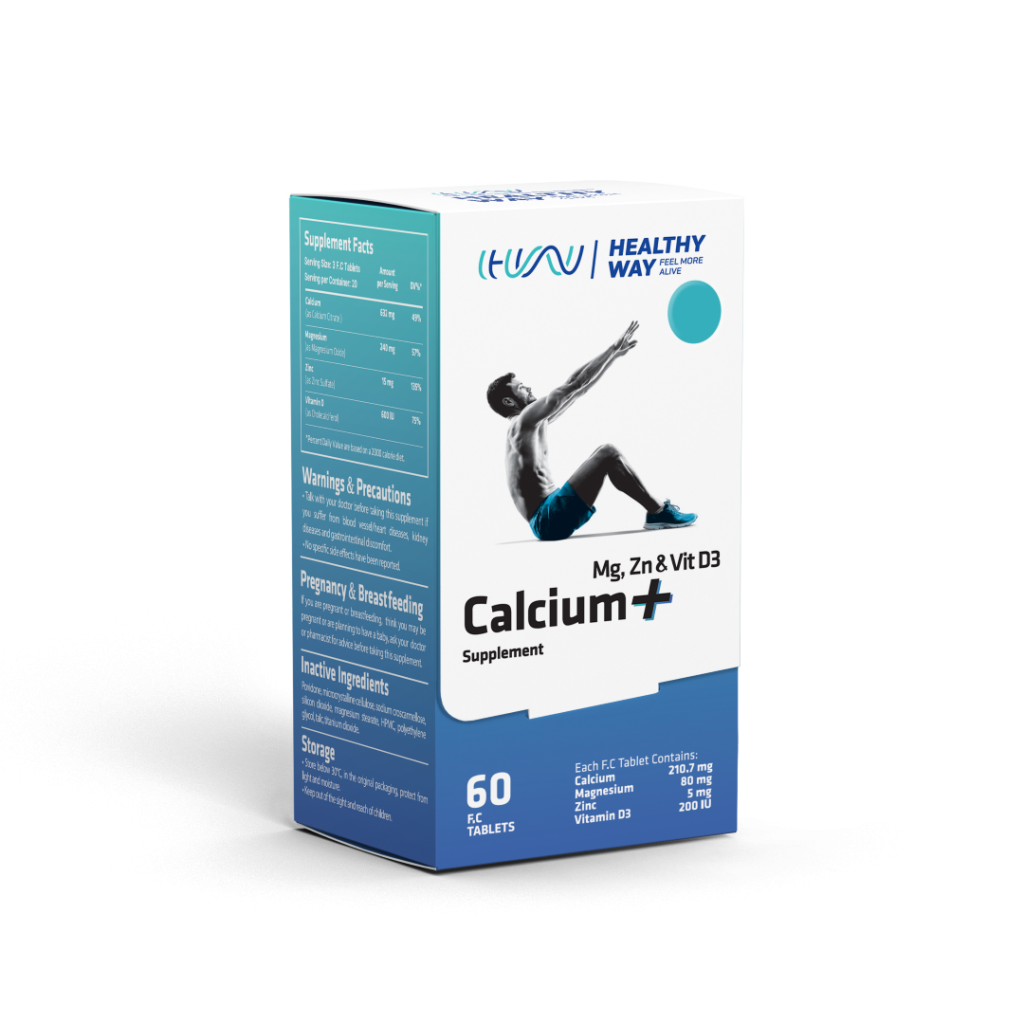
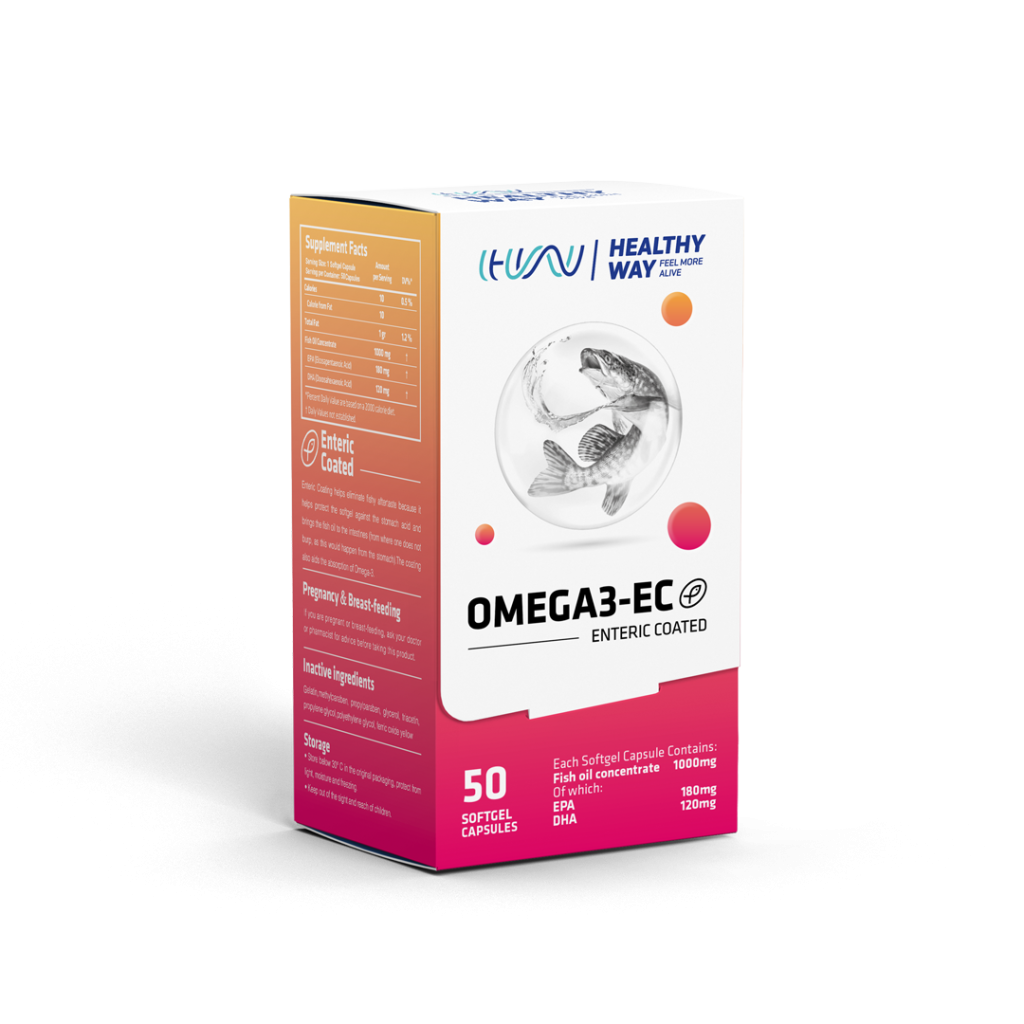
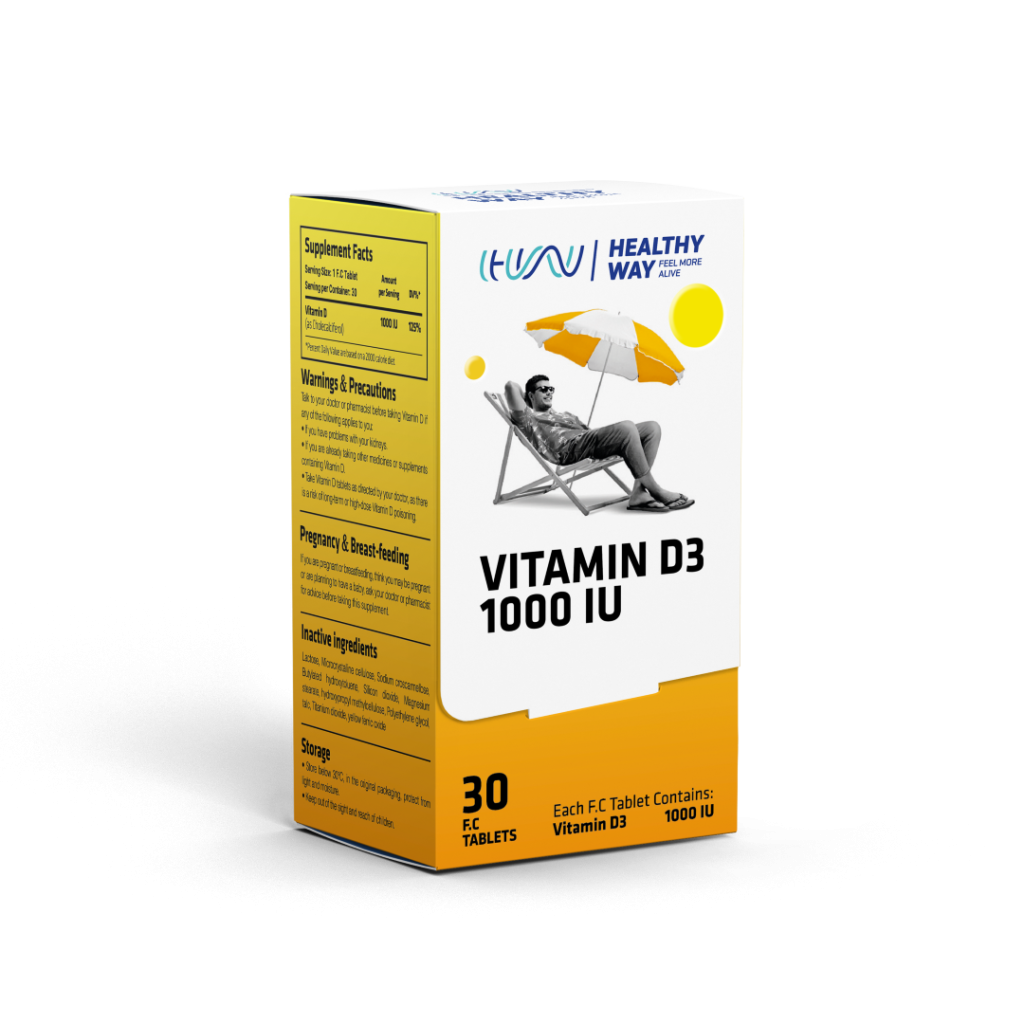
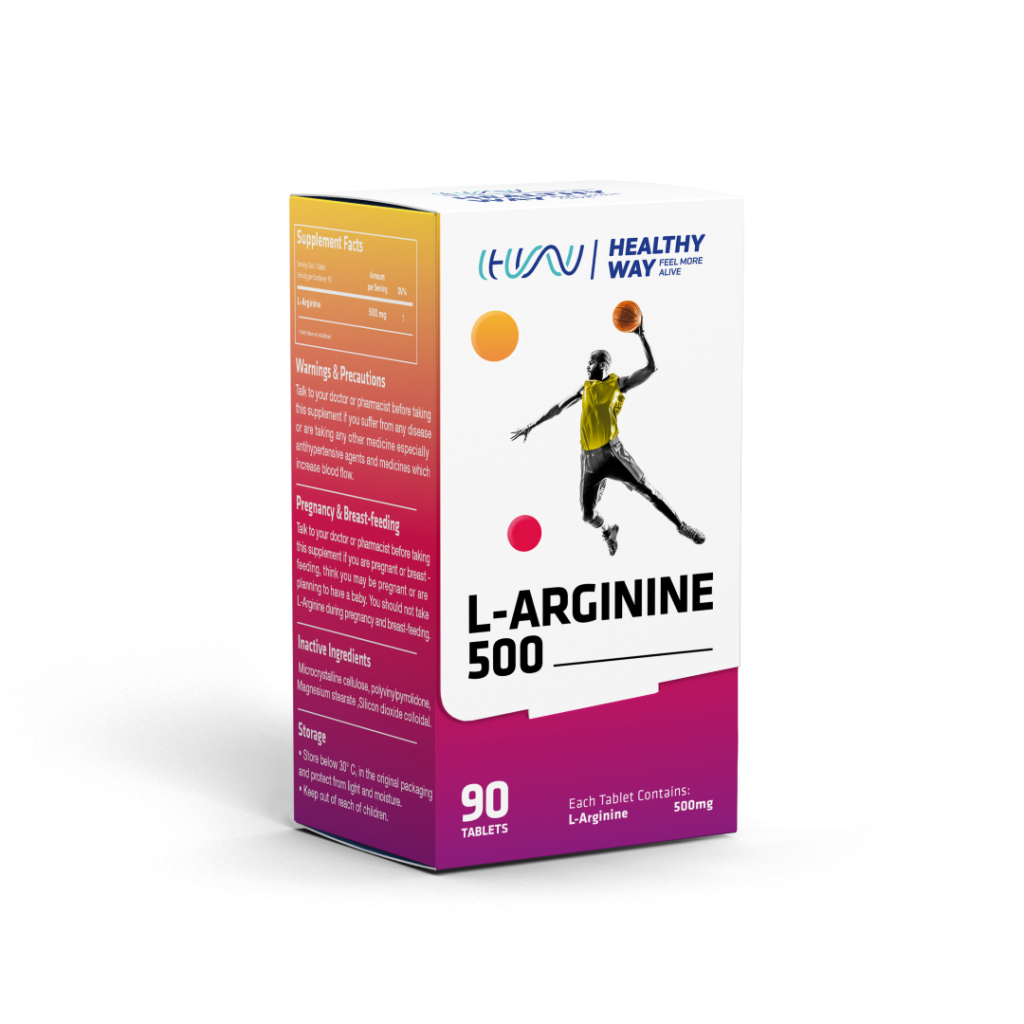
2 Responses
I?¦ve been exploring for a little bit for any high quality articles or weblog posts in this sort of space . Exploring in Yahoo I at last stumbled upon this web site. Studying this info So i?¦m satisfied to express that I have an incredibly excellent uncanny feeling I came upon exactly what I needed. I such a lot certainly will make sure to don?¦t forget this site and provides it a look on a constant basis.
Thank you for your attention dear gralion